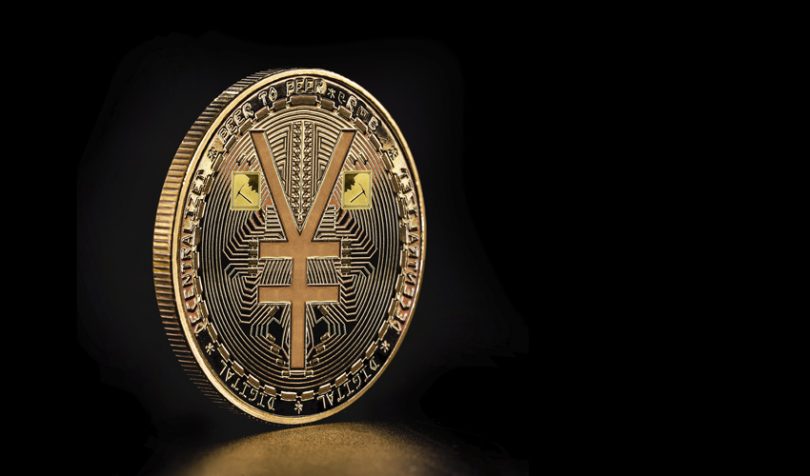Last Friday, there were widespread reports that China was significantly expanding its digital yuan trials. While the testing of China’s central bank digital currency (CBDC) is likely to expand in the future, the timing remains to be seen. Three months ago, the Governor of the People’s Bank of China (PBoC), Yi Gang, stated that the initial ‘internal’ testing regions were Shenzhen, Suzhou, Xiong’an, Chengdu, and future Winter Olympics locations. So far, the central bank hasn’t changed this.
However, a news report today from a state outlet said that “whether it can debut in the second half of the year is still not clear,” implying a perhaps aggressive timetable for the digital currency.
Friday’s news was that the trials for the digital yuan (also known as the DC/EP) were to be expanded significantly. Additional regions include Beijing-Tianjin-Hebei, Yangtze River Delta and the Guangdong-Hong Kong-Macao Greater Bay Area.
Article continues …

Want the full story? Pro subscribers get complete articles, exclusive industry analysis, and early access to legislative updates that keep you ahead of the competition. Join the professionals who are choosing deeper insights over surface level news.






